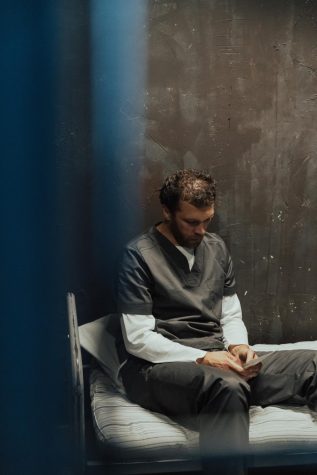Stigma All Around The World

The stigma surrounding mental illness is indisputably the debate of the decade. According to NAMI (The National Alliance on Mental Illness), nearly 61.5 million adults struggle with a mental illness. In other words, one in every four individuals face this challenge in America.
In addition to adults, 20% of teens, ages thirteen to eighteen, experience the hardships of living with mental illness. Considering this huge portion of the population, one would think that there would be a common understanding that mental illnesses are nothing to be feared or made fun of. Unfortunately, this is not the case. According to Unit for Sight, out of every four people who live with mental illness, three report that they face obvious stigma.
So what is stigma? According to Unit for Sight, stigma, in regard to mental illness, is defined as the “devaluing, disgracing, and disfavoring by the general public of individuals with mental illnesses.”
The stigma surrounding individuals living with mental illness is a flaw that spans across all cultures, but its severity varies. In many Asian cultures, the punishment for suffering from mental illness is extreme. In these cultures, mentally ill individuals are considered contagious, and therefore shunned by their peers. On the other hand, mental illness in Egyptian culture is seen as less of an individual threat and more of a threat to social class. The United States has significantly improved in regards to stigma surrounding mental illness, but still has a long way to go.
One of the largest contributions to the stigma surrounding mental illness in the U.S. is the accusation that all mass shooters are mentally ill. The most frequent time in which mental illness becomes a topic discussed in the public eye is during the aftermath of tragic events such as mass shootings. However, mass shootings account for less than 2% of annual gun deaths, according to The Center of Disease Control.
Multiple sources, including The New York Times and The American Public Health Institution, state that if the U.S. were able to completely eliminate the effects of mental illness, overall gun violence would only decrease by 4%. As reported by The National Center for Biotechnology Information, “Swanson argues that mass shootings denote rare acts of violence that have little predictive or preventive validity in relation to the bigger picture of the 32,000 fatalities and 74,000 injuries caused on average by gun violence and gun suicide each year in the United States”.
Many of the most common mental disorders, including depression, anxiety, and ADHD, have no correlation with violent acts. According to Mental Health Reporting, “people with psychiatric disabilities are far more likely to be victims than perpetrators of violent crime (Appleby, et al., 2001). People with severe mental illnesses, schizophrenia, bipolar disorder or psychosis are 2 ½ times more likely to be attacked, raped or mugged than the general population.”
Studies have shown that the ownership of guns correlates with increasing homicides and mass shootings. These crimes are happening areas that have a large population of gun owners. According to Siegel, “85% of shootings occur within social networks.” In other words, people are far more likely to be shot by relatives, friends, enemies, or acquaintances than they are by a stranger with violent psychopathic tendencies.
Individuals living with mental illness need to know that they are supported and understood while they go through difficult times. By fearing and stigmatizing millions who struggle with these diseases, people are not only failing to assist those who need their help, but are contributing to the problem. The first step in living in harmony is ending the stigma.











Harold A. Maio • Apr 14, 2016 at 1:00 pm
—-The stigma surrounding mental illness is indisputably the debate of the decade.
I am not sure of your meaning.
Are you debating whether to honor those who direct it? Not stand up to them?
Your illustration seems to indicate you do not want to stand up to people who declare that prejudice, but stand with them in giving them and it credence.
Is that really what you want to do?